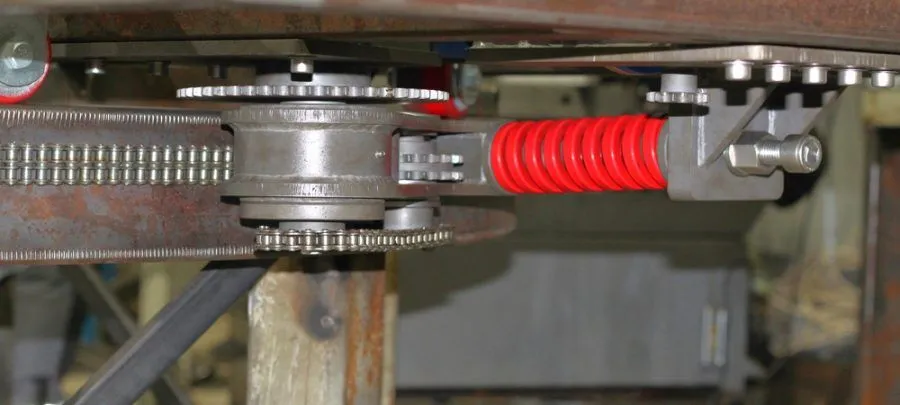Have you ever wondered about the intricacies of your garage door’s spring system? Understanding “How Many Turns On A 16’X7 Garage Door Spring” is crucial for maintaining the optimal functionality of your garage door. In this comprehensive guide, we will delve into the factors that determine the ideal number of turns for a 16’X7 garage door spring and the importance of proper adjustment.

Demystifying Garage Door Springs:
Before we explore the specific turns required for a 16’X7 garage door spring, let’s gain a basic understanding of the role these springs play. Garage door springs are vital components responsible for counterbalancing the weight of the door, making it easier to open and close. The two main types of springs used in garage doors are torsion springs and extension springs, with torsion springs being common in larger doors like the 16’X7 configuration.
How Many Turns On A 16’X7 Garage Door Spring: Factors to Consider
1. Door Weight:
The weight of your garage door is a crucial factor in determining the number of turns needed on the spring. A 16’X7 garage door is relatively large and heavier compared to smaller doors. The weight influences the amount of torque required for smooth operation.
2. Spring Wire Size:
The wire size of the garage door spring also plays a role. Thicker wires may require fewer turns to achieve the necessary torque, while thinner wires might need additional turns for the same effect. The wire size is typically specified by the manufacturer.
3. Spring Diameter:
The diameter of the spring affects the leverage and torque it can generate. Larger diameter springs can provide more torque with fewer turns, contributing to smoother door movement.
4. Manufacturer’s Recommendations:
Always refer to the manufacturer’s guidelines for your specific garage door spring. Manufacturers often provide recommendations on the number of turns based on the door size, spring type, and other relevant factors. Following these guidelines ensures proper adjustment.
How Many Turns On A 16’X7 Garage Door Spring: Adjusting the Turns
1. Safety First:
Before attempting any adjustments, prioritize safety. Ensure that the garage door is in the closed position, disconnect the power to the opener, and use the appropriate safety equipment, including gloves and safety glasses.
2. Counting the Turns:
To determine the current number of turns on your garage door spring, count the number of complete revolutions the spring makes when the door is closed. This count serves as a reference point for any adjustments needed.
3. Adjusting Turns Gradually:
If adjustments are necessary, make them gradually. Small increments, such as quarter-turns, allow for precise tuning. Test the door after each adjustment to ensure it operates smoothly and remains balanced.
4. Seek Professional Assistance:
If you are unsure about making adjustments or if the door exhibits issues even after adjustments, it is advisable to seek professional assistance. Garage door systems involve tension and can be dangerous if not handled correctly.
Conclusion: Achieving Optimal Performance
Determining “How Many Turns On A 16’X7 Garage Door Spring” involves considering various factors to achieve the right balance and torque. Regular inspections, adherence to manufacturer guidelines, and gradual adjustments contribute to the overall performance and longevity of your garage door system. Remember, when in doubt, it’s always safer to consult with a professional technician to ensure the safety and functionality of your garage door.



Leave a Reply